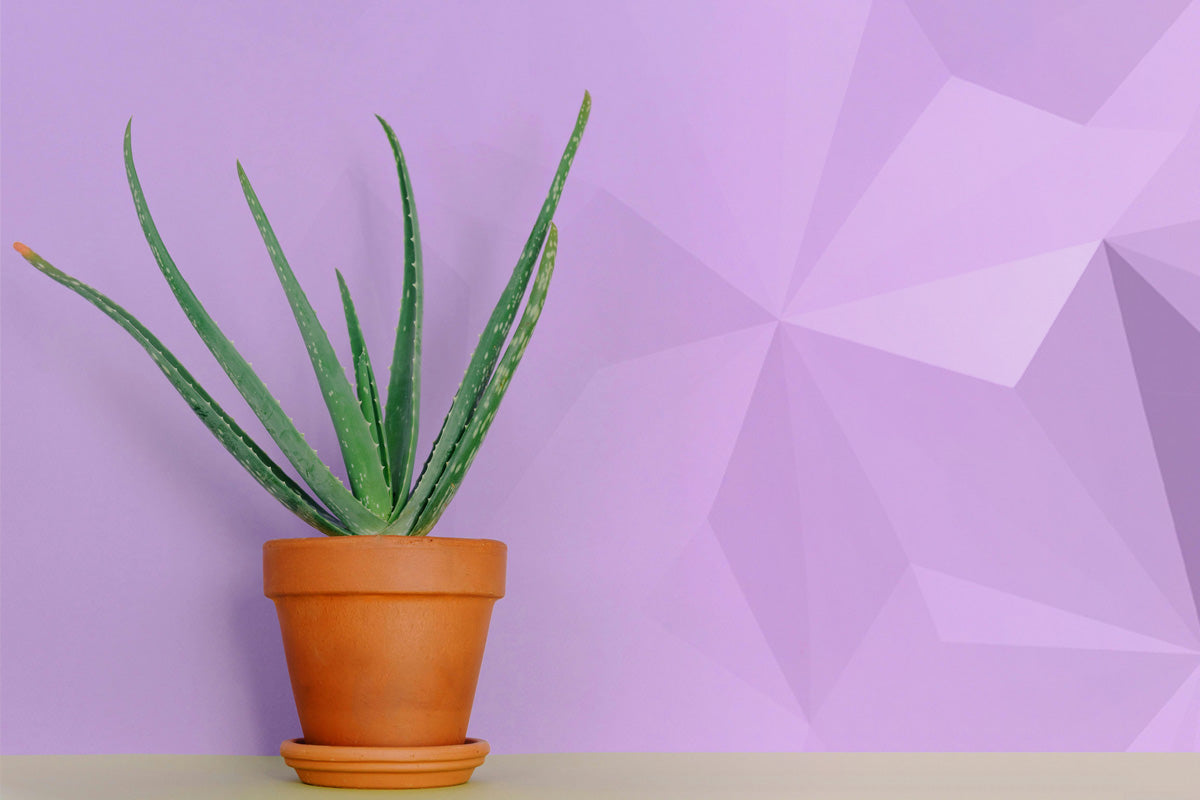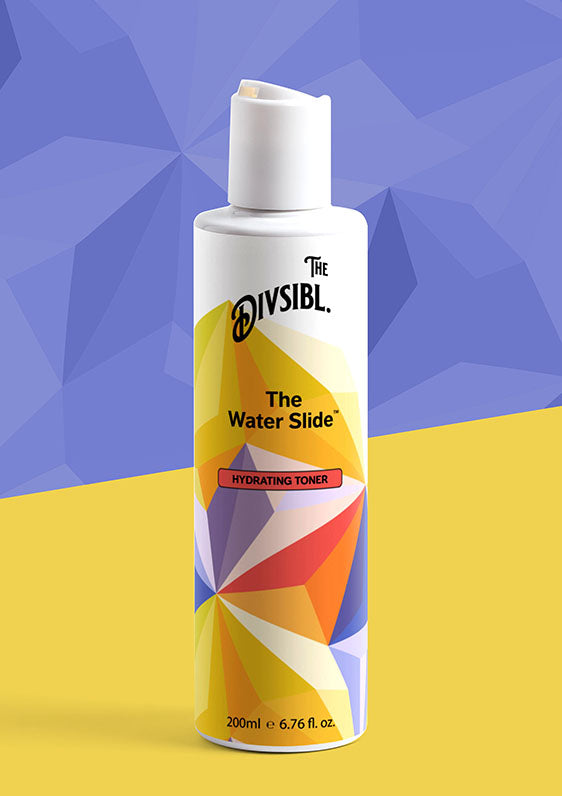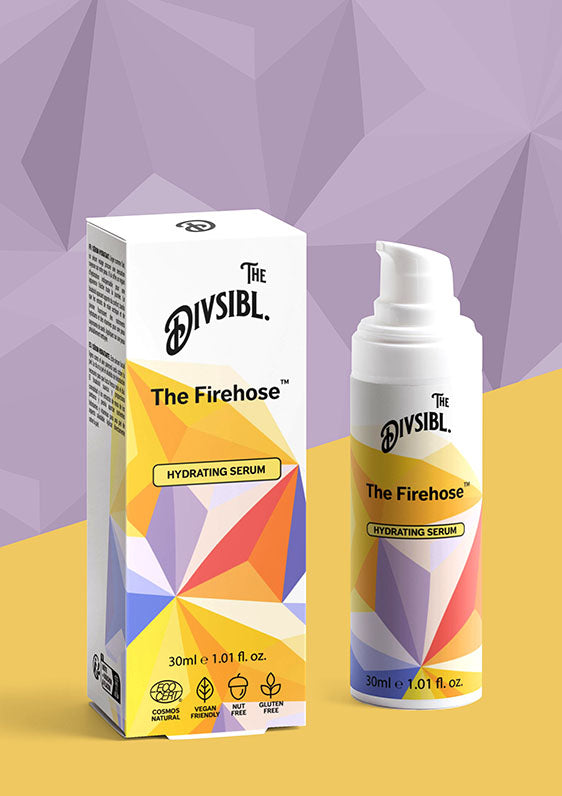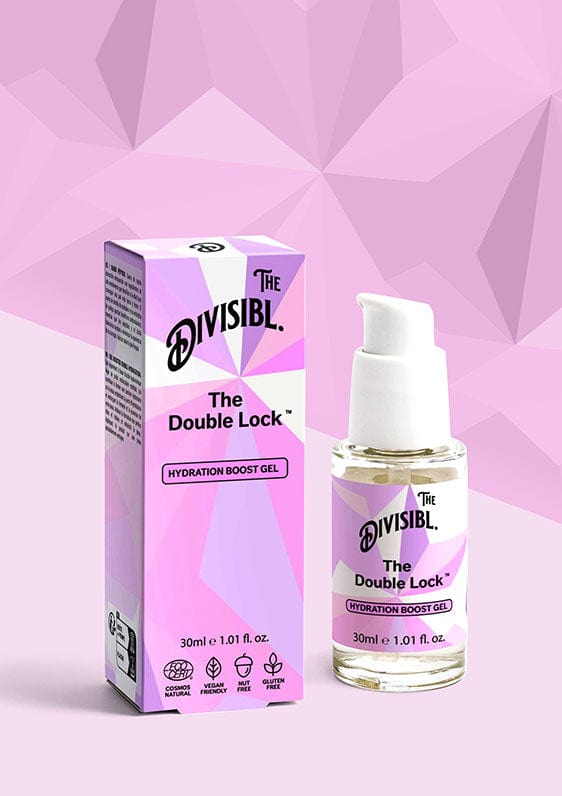Skincare is full of buzzwords, but few are as misunderstood as hydration and moisture. Many people use them interchangeably, assuming they mean the same thing, but they don’t.
If you’ve ever felt like your skin is dry, tight, or flaky, you might think you need more moisture. But what if your skin is actually dehydrated? Understanding the difference between hydration and moisture is the key to choosing the right products, optimizing your routine, and keeping your skin healthy.
Let’s break down the science behind hydration and moisture, debunk common myths, and help you make smarter skincare choices.
Hydration vs. Moisture - What’s the Difference?
Hydration = Water Content in the Skin
Hydration refers to how much water your skin holds. Think of it like quenching your thirst -your skin needs water to stay plump, smooth, and elastic.
Hydrating ingredients, known as humectants, work by attracting water from the environment or deeper layers of the skin. Common humectants include:
- Hyaluronic acid: A powerhouse hydrator that holds up to 1,000 times its weight in water.
- Glycerin: Draws moisture into the skin and helps maintain hydration levels.
- Panthenol (Vitamin B5): Soothes and hydrates while supporting skin barrier function.
Moisture = Oil Content & Barrier Protection
Moisturization is about locking in hydration and preventing water loss. Moisturizers contain emollients and occlusives, which form a protective barrier on the skin’s surface.
Common moisturizing ingredients include:
- Squalane: Mimics the skin’s natural oils and prevents moisture loss.
- Shea butter: Rich in fatty acids that nourish and seal hydration in.
- Lanolin: Creates a barrier to stop water from evaporating.
Common Myths About Hydration & Moisture
Myth #1: Drinking More Water Instantly Hydrates Your Skin
While staying hydrated is important for overall health, drinking water doesn’t directly hydrate your skin. Your skin’s hydration levels depend on topical ingredients, humidity, and your skin barrier’s ability to retain water.
Myth #2: Oily Skin Doesn’t Need Hydration
Many people with oily skin skip hydrating products, thinking they’ll make their skin greasier. But oily skin can still be dehydrated, meaning it lacks water, not oil.
Using lightweight hydrating serums (like hyaluronic acid) can balance oil production and keep skin healthy.
Myth #3: Moisturizers Hydrate the Skin
Moisturizers don’t add water to the skin, they seal in existing hydration. If your skin is dehydrated, applying a moisturizer without a hydrating serum underneath won’t fix the problem.
How to Tell If Your Skin Needs Hydration or Moisture
Signs of Dehydrated Skin (Lacking Water)
- Tightness
- Dullness
- Fine lines that appear more pronounced
- Skin feels rough or papery
Signs of Dry Skin (Lacking Oil)
- Flakiness
- Redness or irritation
- Cracked skin
- Persistent dryness even after applying moisturizer
How to Optimize Your Routine for Hydration & Moisture
Step 1: Hydrate First
Start with a hydrating serum containing humectants like hyaluronic acid or glycerin. These ingredients draw water into the skin, making it plump and smooth.
Step 2: Lock It In with Moisturizer
After applying a hydrating serum, use a moisturizer with emollients and occlusives to seal hydration in and prevent water loss.
Step 3: Protect Your Skin Barrier
A strong skin barrier prevents dehydration. Use ceramides, fatty acids, and niacinamide to reinforce your skin’s defenses.
Step 4: Adjust Based on Your Skin Type
- Oily skin: Focus on hydration with lightweight, water-based products.
- Dry skin: Use richer moisturizers with nourishing oils.
- Combination skin: Hydrate first, then moisturize dry areas as needed.
Hydration and moisture aren’t the same thing and understanding the difference can transform your skincare routine.
By hydrating first, locking it in with moisture, and protecting your skin barrier, you can keep your skin healthy, balanced, and resilient without falling for industry myths.









